ISSN ONLINE(2319-8753)PRINT(2347-6710)
ISSN ONLINE(2319-8753)PRINT(2347-6710)
Ravi Kumar N1, Ranga Rao CH2, Raghava Rao B1 and Srinivas K1
|
| Related article at Pubmed, Scholar Google |
Visit for more related articles at International Journal of Innovative Research in Science, Engineering and Technology
During the last few years, natural fibers have received much more attention than ever before from the research community all over the world. These natural fibers offer a number of advantages over traditional synthetic fibers. The main aim of this research was to study the feasibility of using a Vakka natural fiber as reinforcement in the development of partially biodegradable green and environmentally friendly composites. Composites consisting of polypropylene reinforced with Vakka fiber were prepared by injection moulding technique with varying weight fractions of fiber (0%, 5%, 10%, 15%, 20% and 25%). The developed Vakka fiber reinforced polypropylene (PP) composites were then tested for their mechanical properties.
Keywords |
| Vakka fiber, Composites, Mechanical properties, Polypropylene |
INTRODUCTION |
| These Natural fibers are lignocellulosic in nature and the most abundant renewable biomaterial of photosynthesis on earth. Underutilized natural fiber residues are readily available rich resources of lignocellulosic materials. Since last decade, there is considerable worldwide interest in the potential of substituting natural fibers (agro fibers) for either wood or manmade fiber (eg. fiber glass) in composite materials. Composites consisting lignocellulosic fibers and synthetic thermoplastics have received substantial attention in scientific literature as well as in industry, primarily due to improvements in process technology and economic factor. Natural fibers such as jute, flux, hemp, etc. can be alternately used to reduce the cost of the composites (Mohanty et al, 2002).The prominent advantages of natural fibers include acceptable specific strength properties, low cost, low density and high toughness (Biagiotti et al, 2004). |
| Thermoplastics are alternative matrix materials that possess a number of obvious advantages over thermoset matrices. These include shelf-life, post forming, toughness and recycling considerations. Polypropylene (PP) is a thermoplastic matrix material that received attention for the production of natural fiber reinforced thermoplastic composites. It provides advantages in regard to economy, ecological and technical requirements. Common methods for manufacturing natural fiber reinforced thermoplastic composites are injection moulding and extrusion (Li et al, 2000). |
| The mechanical properties of some natural fibers such as jute, sisal, and flax fibers were compared to glass fibers and it was observed that specific moduli of these fibers are comparable to or better than those of glass fibers (Nabi Saheb and Jog, 1999). The physical and mechanical properties of wood, water hyacinth, Kenaf, banana and empty fruit bunch of oil palm fibers filled polypropylene composites has been determined (Myrtha Karina, 2007). The addition of natural fiber decreases tensile strength and breaking strain of the composites. However, it increases modulus of elasticity of composites. Compared with other natural fibers, kenaf filled composites showed highest tensile strength, breaking strain and modulus of elasticity but absorbed least water. Different composites based on polypropylene and reinforced with flax and glass fibers have been made and their mechanical properties are measured together with the distribution of the fiber size and the fiber diameter (Amirhossein Esfandiari, 2007). Composites of polypropylene and four different types of natural fibers including wood flour, rice hulls, kenaf fibers, and newsprint were prepared at 25% and 50% fiber contents and their dynamic mechanical properties were studied and compared with the pure plastic (Mehdi Tajvidi et al, 2006). An increase in storage modulus and a decrease in the mechanical loss factor were observed for all composites indicating more elastic behavior of the composites as compared with the pure PP. The results also indicated that glass transition was slightly shifted to lower temperatures in composites. The mechanical properties of bamboo fiber- reinforced polypropylene composites are compared with commercially available wood pulp board and it was reported that bamboo fiber composites are lighter, water-resistant, cheaper and has more tensile strength than wood pulp composites (Xiaoya Chen et al, 1998). A systematic study of the mechanical properties of the composites as a function of fiber loading, and fiber treatment time has been made for sisal polypropylene composites (Smita mohanty et al, 2004). It was observed that the composite modulus increased whereas the tensile strength decreased with increase of fiber content. |
EXPERIMENTAL |
| An easy way to comply with the conference paper formatting requirements is to use this document as a template and simply type your text into it. |
| A. Materials |
| 1) Polymeric matrix: Polypropylene (M 110) was provided as granules by Haldia Petrochemicals Limited, Kolkata, India. It has melting temperature of 180 0C and melt flow index of 11 gm/10 min at 230 0C. Its density at the room temperature is 0.9 gm/cm3. |
| 2) Extraction of Vakka Fiber: The Vakka fiber is collected from the local resources and is soaked in water for two weeks. Later purification is done and the fibers are dried for a week. The extracted fiber was then chopped to a length of 3 mm. |
| B. Processing |
| 1) Composite Fabrication: An oven of size 450 X 450 X 450 mm (model CIC-12) is used to dry the extracted fibers. The oven has an automatic temperature control unit with an operating range of 0-350 0C. All raw materials are dried in an oven at a temperature of 800 C for 2 hours to expel the moisture before they were used for injection. The composite samples were prepared in proper proportions of fibers (0, 5, 10, 15, 20 and 25%) by weight and polypropylene pellets were properly mixed to get a homogeneous mixture. The mixture was then placed in a 2.5 tonne hydraulic Injection Moulding Machine (Model JIM–1 HDB), supplied by Texair Plastics Limited, Coimbatore. At a temperature of 210 0 C and pressure of 1100 kgf/cm2, composites of different weight fractions of fiber were developed. Five specimens were made for each weight fraction of Vakka fiber composites. |
| C. Characterization of composites |
| 1) Tensile properties: A 2 ton capacity - Electronic Tensometer, METM 2000 ER-I model supplied by M/S Mikrotech, Pune was used to find the tensile and flexural properties of the composite specimens. Dogbone shaped tensile test specimens were made in accordance with ASTM-D 638M to measure the tensile properties. The samples were tested at a crosshead speed of 1 mm/min and the strain was measured with an extensometer. The sample specimen after tensile testing is shown in Fig.1. |
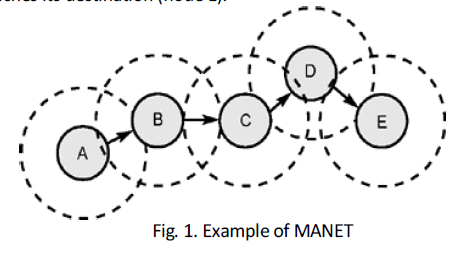 |
| 3) Impact properties: Izod impact test specimens were prepared in accordance with ASTM D256-97, to measure the impact strength. The specimens are prepared to dimensions of 64 x 12 x 9 mm width. A V-notch is provided having an included angle of 45° at the centre of the specimen, and at 90° to the sample axis. The depth of the specimen under the notch is 10.16 ± 0.05 mm. Five identical specimens were tested for each composition. The samples were fractured in a plastic impact testing machine supplied by M/S International Equipments, Mumbai, and the impact toughness was calculated from the energy absorbed and the width of the sample. The sample specimen after impact testing is shown in Fig.3. |
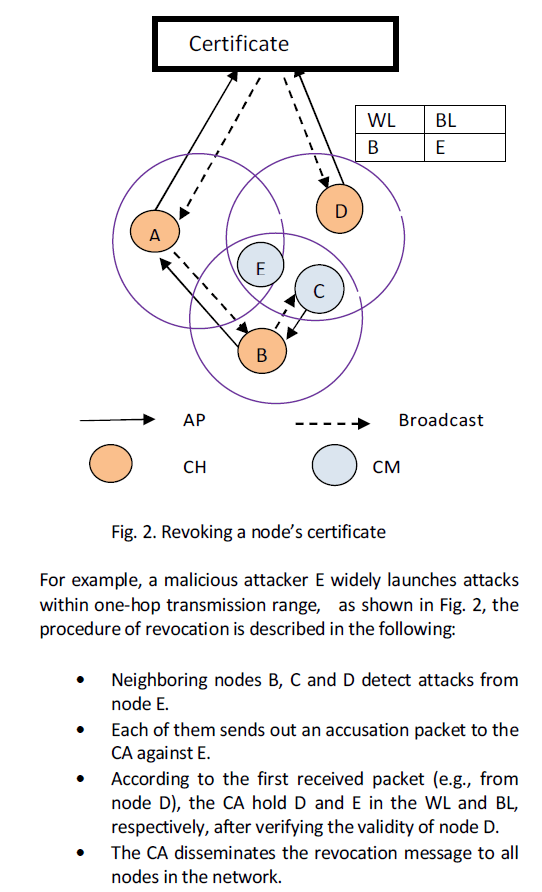 |
RESULTS AND DISCUSSION |
| A. Tensile properties |
| The tensile strength of the Vakka fiber reinforced polypropylene composites at different fiber loading is shown in Fig.4. The tensile strength is found to be increasing up to 15% fiber (by weight) and then decreases. The tensile strength of the polypropylene is calculated as 25.324 Mpa |
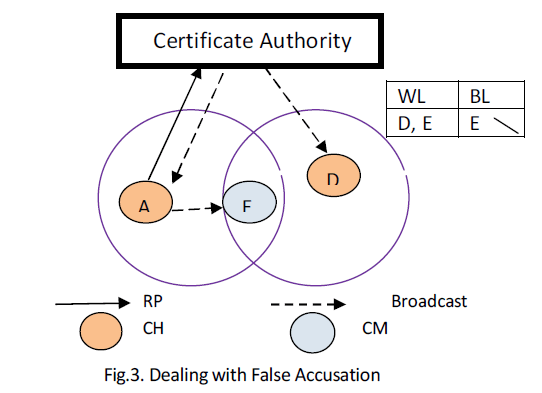 |
| Fig.5 shows the variation in tensile modulus with respect to fiber weight fraction. It is observed that the tensile modulus which is an indication of load bearing capacity increases with fiber weight fraction. As fiber is the stiffer component in the composite, resistance towards deformation increases with increase in fiber content, this consequently increases the stiffness of the composite. The tensile modulus of the polypropylene is calculated as 0.14 GPa. The tensile modulus for Vakka fiber reinforced PP composites is 0.261 Gpa.and tables must be centered in the column. Large figures and tables may span across both columns. Any table or figure that takes up more than 1 column width must be positioned either at the top or at the bottom of the page. |
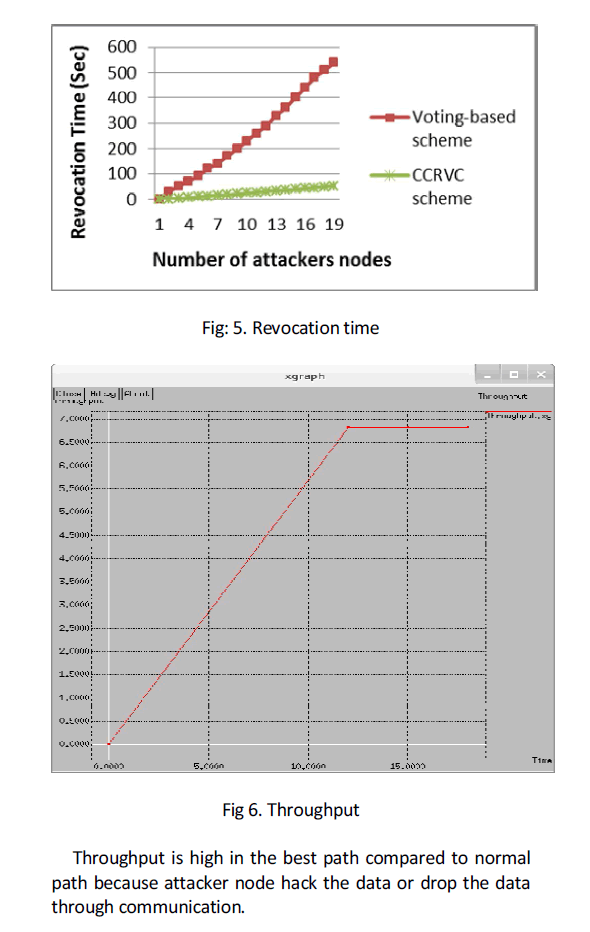 |
| B. Flexural properties |
| Flexural strength of the Vakka fiber reinforced polypropylene composites at different percentages of fiber loading is shown in Fig.6. The flexural strength increased with fiber loading upto 15% weight fraction of the fiber, and there was a decrement after 15% fiber loaded composites. The reasons for the lower flexural properties at higher fiber fractions are possibly due to the lower fiber to fiber interaction, void and poor dispersion of fiber in the matrix (Asri et al, 2002). The flexural strength of the polypropylene is 44.969MPa |
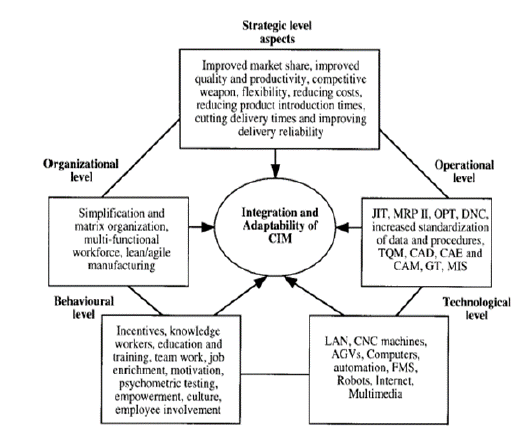 |
| composites. The flexural modulus increases with the fiber loading. Since, higher fiber concentration demands higher stress for the same deformation due to increase in the degree of obstruction, the modulus values has increased with the fiber content. |
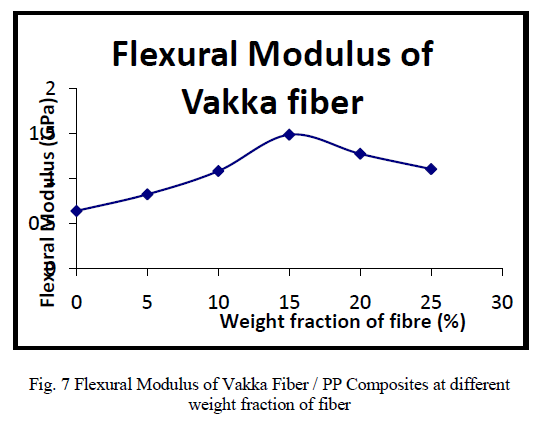 |
| C. Impact properties |
| Impact strength is the ability of a material to resist the fracture under applied load. The fibers play a very important role in the impact resistance of the composite as they interact with the crack formation in the matrix and act as stress transferring medium. The variation of impact strength with fiber loading for composites is shown in Fig. 8. |
| It is observed that the impact strength increases with the increase in the fiber content up to 15% weight fraction of fibers and then decreases. Impact strength of 39.1 J/m is noted at 15 weight % of vakka fiber PP composite. The energy dissipation mechanisms operating during impact fracture are matrix and fiber fracture, fiber– matrix debonding and fiber pull out. Fiber fracture dissipates lesser energy compared to fiber pull out and is the common mechanism of fracture in fiber reinforced composites. As the main failure mechanism in these composites are fiber pull out, impact strength increases with fiber loading. High fiber content increases the probability of fiber agglomeration which results in regions of stress concentration requiring less energy for crack propagation (Karmakar et al, 2007). This results in lower energy dissipation and hence impact strength decreases. |
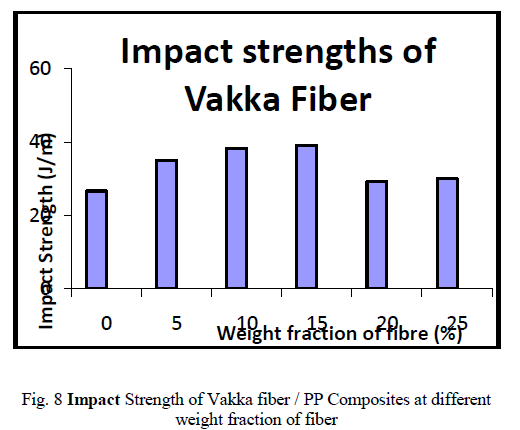 |
CONC LUSIONS |
| The effect of reinforcement of vakka fiber into polypropylene matrix was investigated on the basis of the fiber loading, and the mechanical properties was also investigated. The following conclusions could be drawn from the experimental results of this study: |
| • The tensile and the flexural strengths of the composites increased with increase in the Vakka fiber loading upto 15% weight fraction and decreased beyond 15% weight fraction. |
| • The tensile and the flexural modulus of the composites have increased with an increase in the fiber loading. The higher tensile and flexural modulus values are observed in 25% fiber loaded composites. |
| • The izod impact strength of the composites increased with an increase in the fiber loading. However, the 25% fiber loaded composite had lower impact strength compared to 15% fiber fraction composites. |
| • The authors propose that the 15% Vakka fiber reinforced polypropylene composites had the optimum set of the mechanical properties in comparison with other fabricated composites. |
| • To have better mechanical properties at higher fiber content |
References |
|